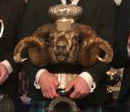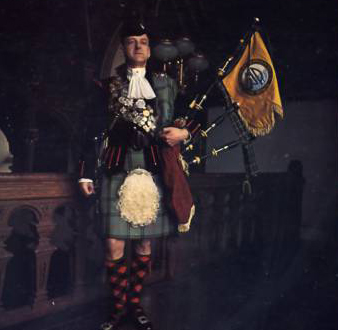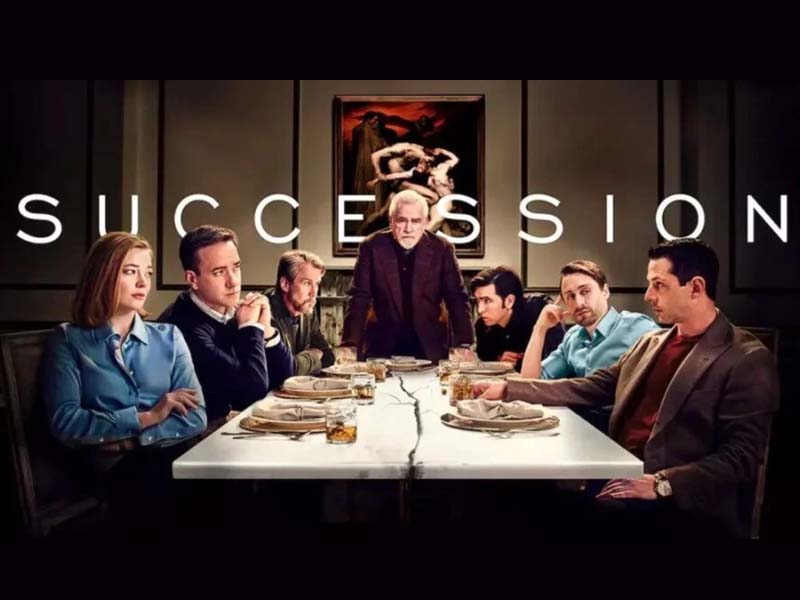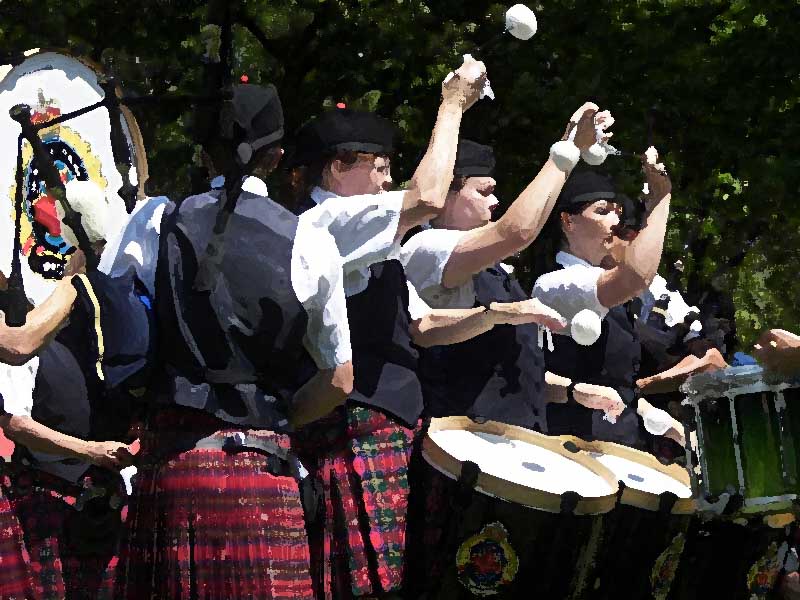Opinion: Trophies and medals are only symbols of success, not success itself
Editor’s note: pipes|drums welcomes all fair perspectives and opinions. Sharing information and constructive dialogue is at the heart of the publication. Like all who live in a fair democracy, free speech and the free exchange of ideas are central to progress. Our competitive art can move forward only by asking questions, listening to answers, respecting opinions, and forming ideas.
Please let us know if you have an opinion that you would like to express fairly in an editorial. We are always pleased to hear from our readers.
There are two types of piping and drumming competitors: those who covet trophies and medals and those who don’t.
I’m talking here about the physical cups, quaichs, medallions, gimcracks, baubles, trinkets, knickknacks, gewgaws, kickshaws and tchotchkes presented as prizes. Awarding a tangible something is de rigueur for almost every piping, drumming and pipe band competition.
To be clear, all competitors hanker to win prizes or, perhaps more accurately, achieve the approval of their musical prowess by respected experts. Like every musician or artist, our priority is for people to enjoy our performance.
For sure, there are some stunning pieces out there. Well-established trophies like the RSPBA’s Grade 1 World’s “spike” or the MacCrimmon Cairn presented by the BC Pipers Association are clever and emblematic of the whole affair. The Nicol-Brown Chalice for Piobaireachd is one of the most beautiful trophies in solo piping and nothing more impressive in amateur events.
Is there anything more unusual and creative than the World Pipe Band Drumming trophy of the great Alex Duthart’s stick-holding hands? The Bratach Gorm is for the banner itself. That’s cool.

Maybe the most remarkable trophy is the R.G. Lawrie Ram’s Head Snuff Mull awarded to the winner of the A-Grade MSR at the annual Scottish Piping Society of London’s competitions. It’s an actual sheep’s head with a bowl for snuff (the messy tobacco-based stuff people used to snort) cut into the poor creature’s cranium – an extraordinary piece from another era. Tough to get through customs.
What people choose to do with their awards often doesn’t fit assumptions. After interviewing them for many years, I’ve been inside many highly accomplished pipers and drummers’ homes. It’s always interesting to visit a competitor’s home to see if they display their trophies.
Generally, it’s either a full-on-everything expo, even a special trophy room where they presumably sit and luxuriate with a dram and revel in the symbols of their success, or it’s a place where you wouldn’t even know they competed, with zero evidence of their success.

There’s absolutely nothing wrong with either approach.
When I visited the great John D. Burgess’s home in Invergordon, Scotland, I was struck by the lack of evidence of his lifelong incredible piping success.
Here was an actual piping celebrity who would show off chest-fulls of medals, powder horns, pistols, sabres and amazing sporrans on album covers and at special events but was humble and even demure in real life. I had to convince him to rummage around the house to find a relatively small collection of his favourite competition keepsakes.
Likewise, I once took over the rent of an apartment previously held by a very successful solo piper. We had access to a garage, and upon opening it for the first time, we found multiple boxes of plasticky trophies and cheap medals. I contacted him, assuming he’d be grateful for rescuing them. Instead, he told me to chuck them out.
These souvenirs are just a reminder. They don’t change the fact that you were successful; they’re only admirable proof if anyone needs to be reminded.
It got me thinking that tangible awards are only symbols of success. These souvenirs are just a reminder. They don’t change the fact that you were successful; they’re only admirable proof if anyone needs to be reminded.
The Highland Society of London Gold Medals are reportedly gold-plated and not a valuable hunk of solid gold. Similarly, the monetary value of the actual clasp awarded in the Clasp at the Northern Meeting is surprisingly tiny.
And that makes sense. Who cares? What matters is the accomplishment’s intangible value, not the price of the tangible symbol.
The awarding of mementos to prize winners is a traditional conceit. Not to present them would be unusual and not a little weird. But whether or not trophies and medals are provided, they’re only symbols, and the value you place on them is up to you.
What do you think? We welcome your thoughts via our Comments feature below.






Good day Andrew:
Julius Caesar’s adopted son Octavian (Augustus Caesar) started presenting ‘phalerae’ (also horse trappings!) for his soldiers’ dress uniforms when they had performed more than standard work – different colours (gold, silver & bronze.) dependant upon the level of the work’s importance. Judging by their tombs at Rome those soldiers certainly liked showing them off!
Roman high-ranking officers, of course, also got different laurel wreaths to wear on their heads.
All we international military people today have ‘medals’, ‘decorations’ on our chests – and ‘orders & awards’ worn around the neck. I received a few of the first two of those in my 35 years service – surprisingly, one more after retirement to recognize Queen Elizabeth’s 50th.
Now my treasured old pipe sergeant, Doctor George Fraser, is getting one of those medals in his retirement (from The Black Watch (Royal Highland Regiment) of Canada) to honour the Coronation of King Charles III of Canada!
All these decorations are, of course, simply symbols of soldiers acknowledging the services to them of the recipients.
Perhaps competition medals and trophies for performers are somewhat similar in nature.
Hugh Macpherson
Pipe Major (Chief Warrant Officer Retired)
Ottawa.